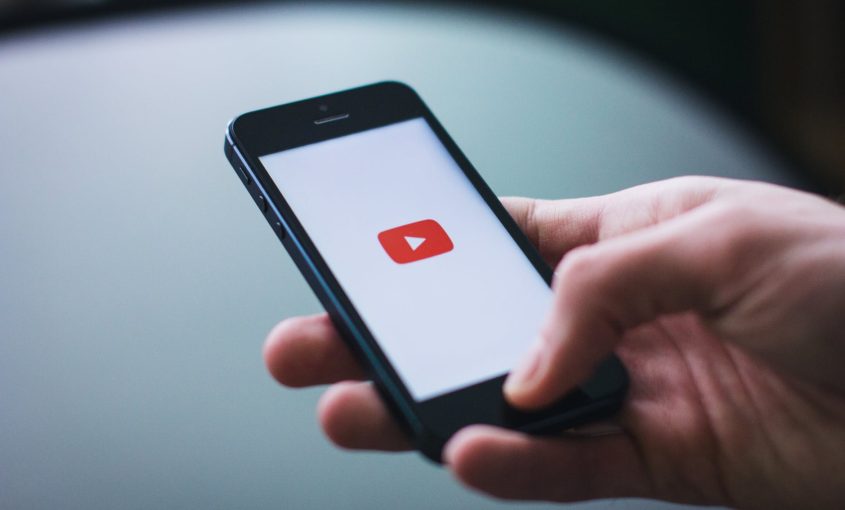Introduction
Many companies, no matter how big or small, choose to advertise on YouTube. This doesn’t come as a surprise since YouTube was and still is one of the biggest social media platforms.
In 2017, however, we all witnessed many big companies facing issues with their advertisements being presented over content which put simply isn’t just controversial, but is unwanted and disliked by the majority of the public. Of course, we are talking about ads of reputable brands being presented over videos supporting white nationalists and hate preachers.
In 2019, another major scandal broke out when YouTube seemed to be presenting ads of major companies such as Sky, the UK’s largest advertiser, over videos concerning child safety with inappropriate content, including videos of pedophilia.
Little did the companies know that not so much further in the future would something similar happen. In this article, we will see what caused another YouTube Brand Safety Crisis and how the affected companies reacted this time.
What happened?
During mid to end of January 2020 reputable brands such as Samsung, L’Oréal, Warner Bros and Danone started noticing that their advertisements on YouTube were being played over videos promoting climate change denial. Of course, no one would think that this is a good idea for the brand names’ since the climate change movement is at its peak. So how did these companies react?
The Reaction
In 2017 all companies affected by the crisis including L’Oréal and Verizon didn’t wait and immediately pulled out of their contracts suspending all of their YouTube buys.
In 2019 similar acts were taken by companies such as Sky and even the UK government with Sky revealing that they hadn’t resumed spending on YouTube ads, coming forward with statements such as “We only put money where we understand how it’s being spent,” made by the broadcaster’s chief executive Stephen van Rooyen.
In 2020, however, and after having to go through such unfortunate experiences, their reaction was different. L’Oréal made an official statement announcing that it was working with YouTube in order to remove said ads from being presented over the climate misinformation videos. In the same statement, they also mentioned that this time they wouldn’t stop buying ads and playing those over videos with other content.
Opinions
Nishma Robb, the UK marketing director for Google Ads made a statement in 2019 admitting that Google might never be able to guarantee “100% safety” for brands on YouTube. The statement reads as follows:
“I don’t think that’s the reality of the platform,” referring to the videos concerning pedophilia and ads playing on them. The director continued with “The reality is the internet has dark pockets and our job is to continue to work hard to ensure we have the machines and processes to remove harmful content”. Robb claims that 98% of extremist or violent videos posted on YouTube are being caught before the people get the chance to view them, though admitted the AI safeguards they have set up won’t remove all potentially harmful content.
How is YouTube (and Google) handling these issues?
Big and famous brands such as McDonald’s, Nestlé and AT&T, pulled their ads from YouTube in 2019, after finding the said ads running next to videos with inappropriate comments, with some brands demanding that the Platform pay the brand safety tab. YouTube agreed to this up until December of 2019.
Since then, YouTube has been adopting more AI technology in order to tackle such issues, however, as aforementioned only 98% of offensive material will be caught on time.
Previously, the issues could be easily tackled by removing all offensive and disturbing content from the platform. The decision was easy to take since pedophilia is something that no one would like to see promoted online. This time, however, things aren’t that simple. An opinion is that climate change and climate crisis is a broad subject. The public doesn’t have one opinion in which it stands by, therefore the discussion about keeping online videos discussing climate change denial hasn’t concluded yet. Since there is no public consensus about this, YouTube (and Google) are not sure as to how to proceed.
Conclusion
Should YouTube and Google remove the videos denying climate change? How should the companies affected by these crises proceed? Do you think that YouTube and Google have been taking enough action in order to ensure their advertisers’ brand safety?
Bibliography and Further Reading:
Joseph, S. (2020). The latest YouTube brand safety ‘crisis’ shows advertisers are taking a more nuanced approach – Digiday. [online] Digiday. Available at: https://digiday.com/marketing/latest-youtube-brand-safety-crisis-shows-advertisers-taking-nuanced-approach/ [Accessed 5 Feb. 2020].
Johnson, L. and Dua, T. (2019). YouTube is facing another brand-safety crisis, and agencies see it as an opportunity to get the video platform to pay the brand safety tab. [online] Business Insider. Available at: https://www.businessinsider.com/youtube-is-facing-another-brand-safety-crisis-and-agencies-see-it-as-an-opportunity-to-get-the-video-platform-to-pay-the-brand-safety-tab-2019-2 [Accessed 5 Feb. 2020].
Teich, D. (2017). How YouTube handled its brand-safety crisis – Digiday. [online] Digiday. Available at: https://digiday.com/marketing/youtube-handled-brand-safety-crisis/ [Accessed 5 Feb. 2020].
Watson, I. (2019). Google says YouTube might never be 100% brand-safe. [online] The Drum. Available at: https://www.thedrum.com/news/2019/03/05/google-says-youtube-might-never-be-100-brand-safe [Accessed 5 Feb. 2020].
Faull, J. (2019). AT&T resumes advertising on YouTube after brand safety crisis. [online] The Drum. Available at: https://www.thedrum.com/news/2019/01/20/att-resumes-advertising-youtube-after-brand-safety-crisis [Accessed 5 Feb. 2020].

